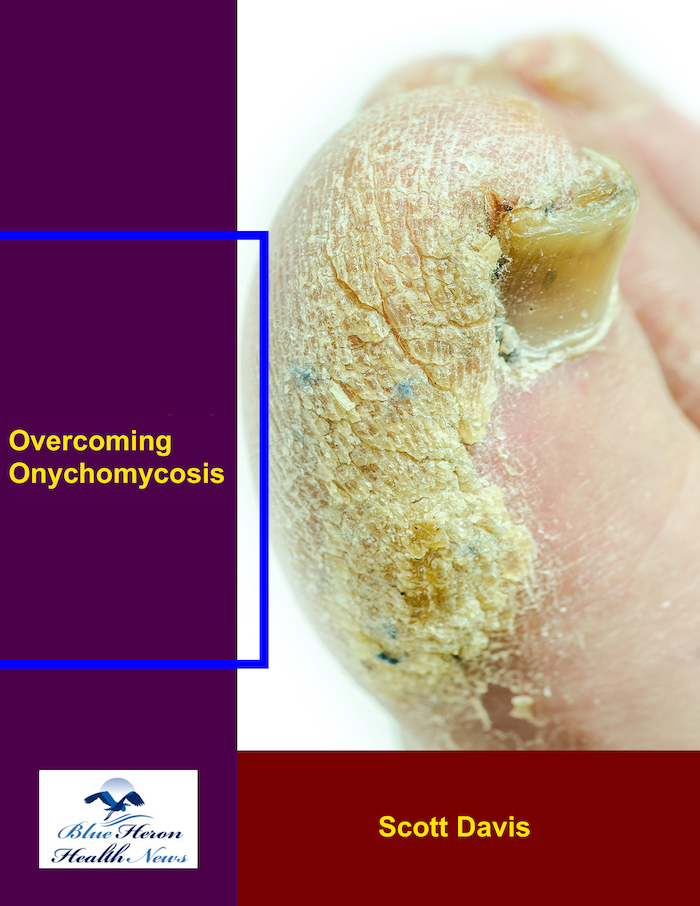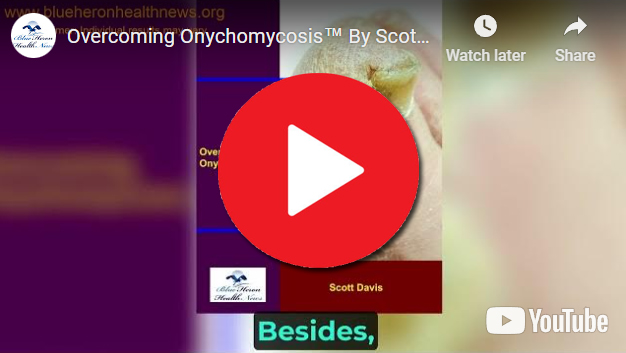
Overcoming Onychomycosis™ By Scott Davis It is a simple, natural, and all-in-one solution for onychomycosis. The program can help you to treat your nail fungus naturally. Once you follow this program, you do not need to spend on expensive treatments to prevent a recurrence. In brief, you can have a proven solution for your chronic nail fungus. Besides, the program is easy to follow, and most users find it effective against onychomycosis.
What is the connection between hemorrhoids and weightlifting?
Hemorrhoids and weightlifting can be connected through the physical stresses that weightlifting places on the body, particularly on the abdominal area and pelvic floor. While weightlifting itself doesn’t directly cause hemorrhoids, certain aspects of lifting, particularly when done improperly, can contribute to or exacerbate hemorrhoid symptoms.
Key Connections Between Hemorrhoids and Weightlifting:
-
Increased Intra-abdominal Pressure:
- Weightlifting, especially heavy lifting or exercises involving the core (such as squats or deadlifts), significantly increases intra-abdominal pressure (the pressure inside the abdominal cavity). This pressure is transmitted to the rectal veins and can exacerbate hemorrhoidal swelling, especially in individuals who already have hemorrhoids.
- Lifting without proper technique, such as holding your breath while lifting (known as the Valsalva maneuver), increases this pressure, which can lead to straining and potentially worsen hemorrhoid symptoms.
-
Straining and Constipation:
- Straining during weightlifting, particularly if proper form isn’t maintained or if someone lifts too much weight, can lead to increased pressure on the rectum, which contributes to the development or worsening of hemorrhoids.
- Furthermore, weightlifting routines that don’t emphasize hydration or proper nutrition might lead to constipation, another factor that contributes to hemorrhoid development. When individuals become constipated, they may have to strain during bowel movements, putting extra pressure on the rectal area and worsening hemorrhoids.
-
Pelvic Floor Dysfunction:
- For individuals who have preexisting pelvic floor dysfunction, the intense pressure from weightlifting can exacerbate muscle imbalances or weakness in the pelvic floor muscles. These muscles support the rectum and anus, and when they are weakened, there may be increased pressure on the hemorrhoidal veins during weightlifting.
- Over time, improper pelvic floor mechanics can contribute to the formation of hemorrhoids, or worsen existing ones.
-
Increased Risk with Improper Lifting Techniques:
- Improper lifting techniques, such as lifting with a rounded back, jerky motions, or incorrect posture, can increase pressure on the lower back, pelvic region, and rectal area, aggravating hemorrhoid symptoms.
- Lifting weights incorrectly can also lead to injuries in the abdominal area, which can indirectly affect the veins around the anus, making hemorrhoids more painful and inflamed.
How to Minimize the Impact of Weightlifting on Hemorrhoids:
-
Use Proper Lifting Techniques:
- Ensure you are using correct lifting techniques, especially when performing heavy lifts. Engage your core and avoid holding your breath excessively while lifting. This helps to reduce unnecessary pressure on the rectal area and prevents straining.
- Consider working with a trainer or using lighter weights if you’re unsure of your form to avoid unnecessary strain.
-
Avoid Overexertion:
- Don’t push yourself beyond your limits, as this can lead to excess intra-abdominal pressure and straining. Progress gradually in your weightlifting routine, particularly if you’re new to lifting.
-
Strengthen the Pelvic Floor:
- Incorporating pelvic floor exercises (like Kegel exercises) can help improve the strength and coordination of the pelvic muscles. This helps prevent excessive pressure on the rectum during weightlifting and can reduce the risk of hemorrhoids.
- Strong pelvic floor muscles are important for stabilizing the rectum and reducing the risk of hemorrhoidal swelling.
-
Hydration and Diet:
- Ensure you’re hydrating properly and eating a fiber-rich diet to prevent constipation. Drinking plenty of water and eating foods that promote regular bowel movements can help avoid straining during both weightlifting and bowel movements.
- Avoid foods that can cause constipation, such as processed foods or those low in fiber, which could lead to further straining during lifts.
-
Gradual Progression:
- Start with lighter weights or machines to get comfortable with the movements and techniques before progressing to heavier loads. This allows your body to build strength and resilience gradually, reducing the risk of strain on your rectal veins.
-
Rest and Recovery:
- Ensure you’re allowing enough rest and recovery time between weightlifting sessions, particularly if you notice any symptoms of hemorrhoids. Overtraining or excessive lifting can contribute to muscle fatigue and strain, which can increase the likelihood of developing hemorrhoids.
Conclusion:
While weightlifting itself doesn’t directly cause hemorrhoids, the increased intra-abdominal pressure, straining, and potential for pelvic floor dysfunction can exacerbate or contribute to hemorrhoid symptoms. By using proper technique, managing weight, staying hydrated, and avoiding overexertion, individuals who lift weights can minimize their risk of developing or worsening hemorrhoids. If you have preexisting hemorrhoids, focusing on lighter weights, good posture, and proper form is particularly important.
Overcoming Onychomycosis™ By Scott Davis It is a simple, natural, and all-in-one solution for onychomycosis. The program can help you to treat your nail fungus naturally. Once you follow this program, you do not need to spend on expensive treatments to prevent a recurrence. In brief, you can have a proven solution for your chronic nail fungus. Besides, the program is easy to follow, and most users find it effective against onychomycosis.
